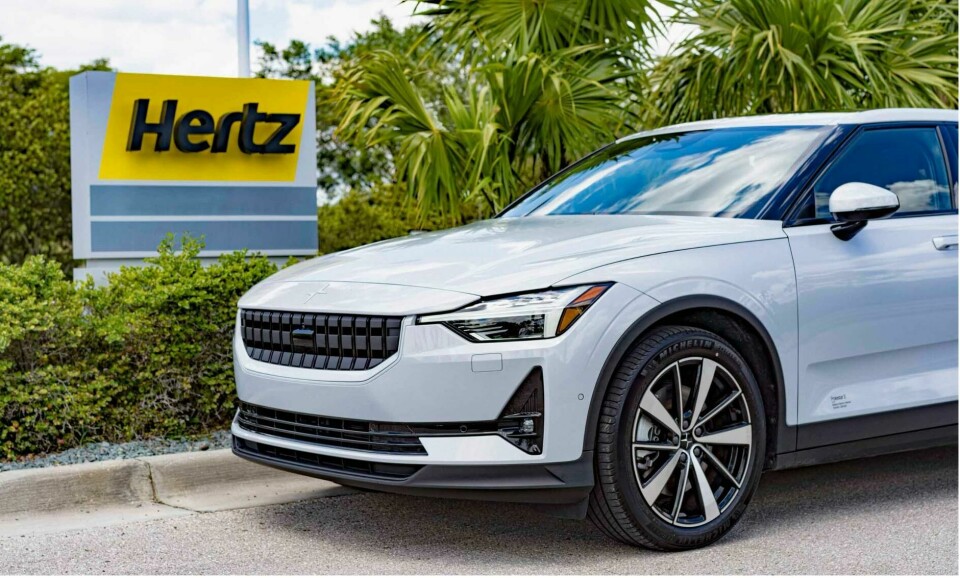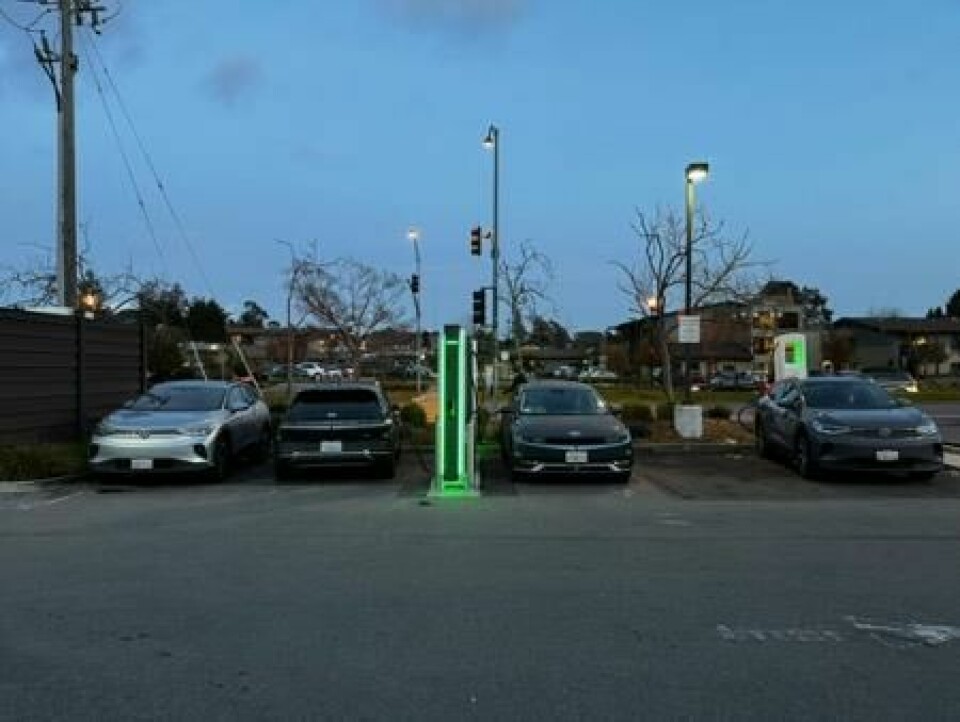
Opinion: The UX pain of EV rental
By adding EVs to rental fleets without perfecting the end-to-end experience, brands which claim to be customer-focused have squandered an opportunity to build customer acceptance, writes Drew Smith
Picture the scene: I’m at a suburban shopping mall in Southern California. The Tesla Model 3 I’ve rented is plugged in to a Supercharger, humming away quietly as it drinks up the electrons. Meanwhile I’m wandering the parking lot doing arithmetic. Or at least trying to. It’s just after midnight, I’m jet lagged and maths is not my forte.
In four ungodly hours, I will drive back to LAX to jump on a flight to Vegas, but in order avoid an extra rental fee I have to return the Tesla with more than 80% charge in the battery.

I hate extra fees so I try to recall how the battery has discharged over the past 48 hours, when I topped up, and for how long. What does range feel like, I wonder, groggy from lack of sleep. What number do I need to hit to get to LAX at or above the fee-free 80%? I look at the central display of the Tesla, watching the gauge inch up and the time tick down. The 80–100% charge is always the slowest and there’s 45 minutes to get to full. I desperately want to get to bed. I wish I’d rented the Corolla.
In 1983, Lincoln teamed up with Budget Rent a Car to offer their newest model to travelers across the United States. Consumers were encouraged to “Start thinkin’ Lincoln”, with a Town Car available for the equivalent of US$120/day. This was similar to what they might have paid for a full-sized Ford or Chevrolet, but those lesser brands weren’t the focus of Lincoln’s efforts. It was Cadillac. And over four years from 1984 to 1988, Lincoln managed to conquer 91,000 customers from their hometown competition, helped by their cunning Budget try-before-you-buy scheme.
As Lincoln demonstrated, getting cars on rental fleets is a powerful way to market your product to consumers. If a rental company backs it, then it must be reliable. If your car is the premium choice on the rental menu, well… it must be the premium choice. The signaling potential for manufacturers is immense.
And so it goes in reverse. In a massive blow to Tesla, Polestar and a path to the adoption of EVs in general, Hertz recently announced that it’s selling off 20,000 of its existing Tesla fleet. It then hit pause on a remaining order of around 50,000 Polestars.
Although the main story with the Tesla sale was the difficulty in maintaining the fleet and poor resale values, soft consumer demand for rental EVs was also cited as a factor. And given my midnight maths problem in a Calabasas car park, is it any wonder?
All this prior knowledge goes out the window with an EV. I had to relearn how to rent a car
Since the first car rental company was established in 1918 we’ve had over 100 years to get used to how the rental system operates. We know what’s expected of us as consumers, especially when it comes to refueling and returning the car.
We’ve known, ahead of time, that we’ll be able to find a petrol station during our trip. We’ve known that there’ll be one on our way to the airport to brim the tank before we hand the car back. And we’ve known that, at most, we’ll spend ten minutes filling it up (assuming we can find the release for the fuel flap).
This prior knowledge is powerful because it means we get to spend more of our precious time on the beach, with our in-laws, or in that meeting room… In short, we haven’t had to think too hard about getting from A to B.
But as my time with the Tesla – and later with a Hyundai Ioniq 5 in San Francisco – proved, all this prior knowledge goes out the window with an EV. I had to relearn how to rent a car.

Of the two experiences, the Tesla was the least painful. The integration of product (car) and service (charging) is masterful and rightly lauded: I navigated to a supercharger, plugged in a pre-conditioned car, wandered the carpark a while and then off I went.
Things were way worse with the Hyundai. First, I needed to find a charger that actually worked: even somewhere like the Bay Area, that’s harder than you might imagine and Hyundai’s navigation system was no help. To claim my free charging required an app I couldn’t download from my Australian account, and although I’ve submitted a claim for the charge I subsequently paid for, I’ve not heard anything back.
In both cases, I had to teach myself how all of this worked. There was no friendly induction at the lot, no helpful guide on the front seat, no useful app or easily-available human at the end of the phone. As a result, in both cases, I lost money.
It didn’t need to be this way.
Service design as a discipline has been around for over 20 years. We know how to map out the customer journey from start to finish and to all-important failure. We know how to design the interventions, whether digital, physical, or human, that can make the process of renting an EV easier or, dare I hope, delightful.
But by putting their EVs on rental fleets without thinking through the customers’ end-to-end experience, brands which claim to be customer-focused, like Tesla, Polestar, and Hyundai, have squandered an incredible opportunity to build customer acceptance and advocacy for their brands, and for EVs. Perhaps they’d better start thinkin’ like Lincoln.



